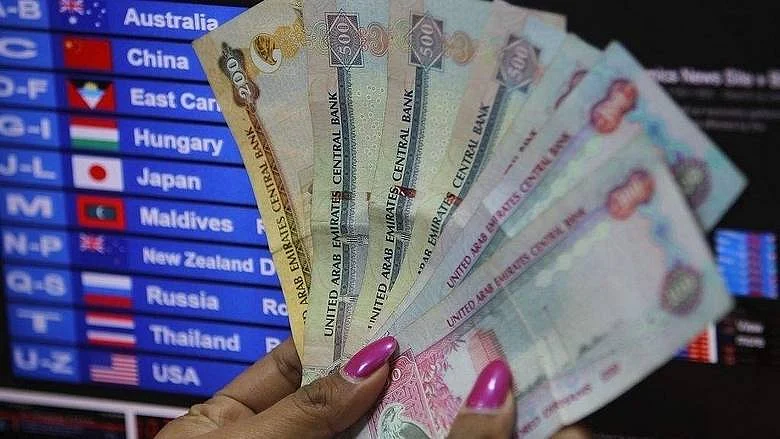
UAE Inflation Holds Steady Amid Global Uncertainty, GCC Follows Suit
Despite global economic turbulence and rising inflationary pressures in advanced economies, the UAE has maintained a stable inflation outlook, reflecting resilience and effective fiscal management. According to the International Monetary Fund's (IMF) latest Regional Economic Outlook, the UAE's inflation is projected to average 1.6 per cent in 2025, slightly down from 1.7 per cent in 2024, before inching up to 2.0 per cent in 2026. This trajectory remains comfortably below the central bank's target, signaling continued price stability.
According to Kamco Invest's latest GCC Inflation Update, Dubai's consumer price index (CPI) rose 2.9 per cent year-on-year in September 2025, up from 2.4 per cent in August. The Housing, Water, Electricity, and Gas category-Dubai's most heavily weighted CPI component-was the primary driver, surging 5.8 per cent year-on-year. Other contributors included Recreation and Culture, which rebounded sharply, and modest increases in Education and Food & Beverages. However, the Transport group continued its downward trend, helping to moderate overall inflation.
Recommended For YouThe UAE's inflation stability comes amid broader regional and global dynamics. The IMF noted that inflation across the MENA region is expected to ease in 2025, supported by lower energy prices and tighter fiscal policies. However, risks remain, particularly from persistent inflation in advanced economies, which could lead to higher global borrowing costs and spillover effects in the region.
Across the Gulf Cooperation Council (GCC), inflation trends have largely mirrored the UAE's stability. The IMF forecasts GCC inflation to remain below or at the 2 per cent target through 2026, with a slight increase from 1.6 per cent in 2024 to 1.7 per cent in 2025 and 2.0 per cent in 2026. This subdued outlook is underpinned by increased oil production, which has helped stabilize energy prices and reduce transportation and electricity costs.
Saudi Arabia, the region's largest economy, saw a 2.2 per cent year-on-year inflation rate in September 2025. While the CPI dipped slightly month-on-month, key categories such as Personal Goods & Services and Housing posted notable increases. The Kingdom's central bank responded to global monetary easing by cutting its repo and reverse repo rates by 25 basis points, aligning with the U.S. Federal Reserve's October rate cut.
Other GCC nations also reported mild inflation figures. Bahrain's CPI remained unchanged year-on-year in September, with a modest 0.5 per cent monthly increase. The IMF projects Bahrain's inflation to average just 0.3 per cent in 2025, second only to Qatar's forecast of 0.1 per cent. Oman recorded a 1.1 per cent year-on-year increase, driven by higher prices in Miscellaneous Goods & Services and Transport, while food prices declined. Qatar's inflation rose 1.1 per cent year-on-year, with mixed performance across CPI subgroups.
The broader global context adds complexity to the region's inflation outlook. In the U.S., inflation rose to 3 per cent year-on-year in September, driven by food and energy prices. The Federal Reserve responded with its second rate cut of the year, lowering its benchmark rate to a range of 3.75 per cent–4 per cent. Most GCC central banks followed suit, except Kuwait, which held rates steady.
Meanwhile, global food prices declined in September, led by drops in dairy and sugar. The FAO Food Price Index fell 19.6 per cent from its March 2022 peak, offering some relief to import-dependent economies. However, geopolitical tensions and trade disruptions-particularly from US tariffs-continue to pose risks.
Looking ahead, the GCC's inflation outlook remains cautiously optimistic. While regional price stability is expected to persist, external factors such as global monetary policy shifts and energy market volatility could influence future trends. For now, the region's inflation remains under control, offering a buffer against global economic headwinds.

Legal Disclaimer:
MENAFN provides the
information “as is” without warranty of any kind. We do not accept
any responsibility or liability for the accuracy, content, images,
videos, licenses, completeness, legality, or reliability of the information
contained in this article. If you have any complaints or copyright
issues related to this article, kindly contact the provider above.


















Comments
No comment